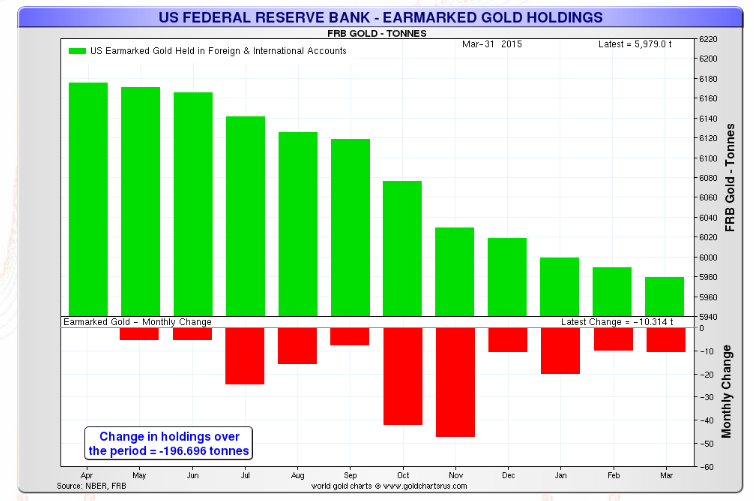By this spring, an estimated 500,000 people nationwide could be cut off. For most of them, the maximum benefit of less than $200 a month is all the federal aid they get. For some, it’s their entire income.
These people live in states that have chosen to reinstate work requirements on able-bodied adults without children, which had been suspended since the 2008 economic downturn. It means that single adults who aren’t working at least 20 hours a week or participating in a job-training program may only get three months of nutrition assistance in a three-year period. After that, they’re on their own.
Paul Sableman / Flickr
This drive is a consequence, he told me, of political rhetoric suggesting that low-income people are poor because of their inability to exercise self-discipline and make good choices.
“It’s a modern update of longstanding prejudices,” Soss explained. These “get-tough policies are cast as benefiting the poor in the long run,” he added, while their hardline supporters claim to shield taxpayers from “criminal thugs, undocumented immigrants, and those who live off the welfare system.”
His 2011 book, Disciplining the Poor, chronicles the rise of what Soss calls “poverty governance” over the past 40 years. “Efforts to get tough with the poor have often been a bipartisan affair,” Soss said. “But Republican-controlled states have generally been at the forefront of efforts to restrict social supports — from cash aid to nutrition, housing, and health care — and to use poor people’s behaviors as a litmus test for government help.”
That approach was evident earlier this year, when six of the Republican presidential candidates attended an antipoverty forum in South Carolina inspired by the late “bleeding-heart conservative” politician Jack Kemp. Christie took part. But the way his policies have played out is less bleeding-heart than cold-blooded.
Under Christie’s leadership, New Jersey has sharply reduced the share of federal block grant money it spends on direct cash assistance to needy families, according to the Center for Budget and Policy Priorities. But as the number of people getting help has fallen, the percentage of the state’s residents living in poverty actually went up — from 9 percent to 11 percent — between 2009 and 2012.
Now, community servants worry that more stringent work rules for food assistance are being imposed when there isn’t enough job and education assistance for people who need it. “I don’t know where these work programs are. And I know we are not ready for this,” Diane Riley of the Community FoodBank of New Jersey told NJ.com.
It’s a story that’s being repeated across the country. The trend is also fueling a debate — not over whether people should be working instead of receiving welfare, but whether we get there by investing more in education, training, and job creation, or by slashing budgets, shaming the poor, and turning our backs.
The post Turning Our Backs appeared first on OtherWords.
This piece was reprinted from Other Words by RINF Alternative News with permission.












 There
had been an eerie silence at the Comex in recent weeks, where after
registered gold tumbled to a record 120K ounces in early December
nothing much had changed, an in fact the total amount of physical
deliverable aka “registered” gold, had stayed practically unchanged at
275K ounces all throughout January.
There
had been an eerie silence at the Comex in recent weeks, where after
registered gold tumbled to a record 120K ounces in early December
nothing much had changed, an in fact the total amount of physical
deliverable aka “registered” gold, had stayed practically unchanged at
275K ounces all throughout January.
